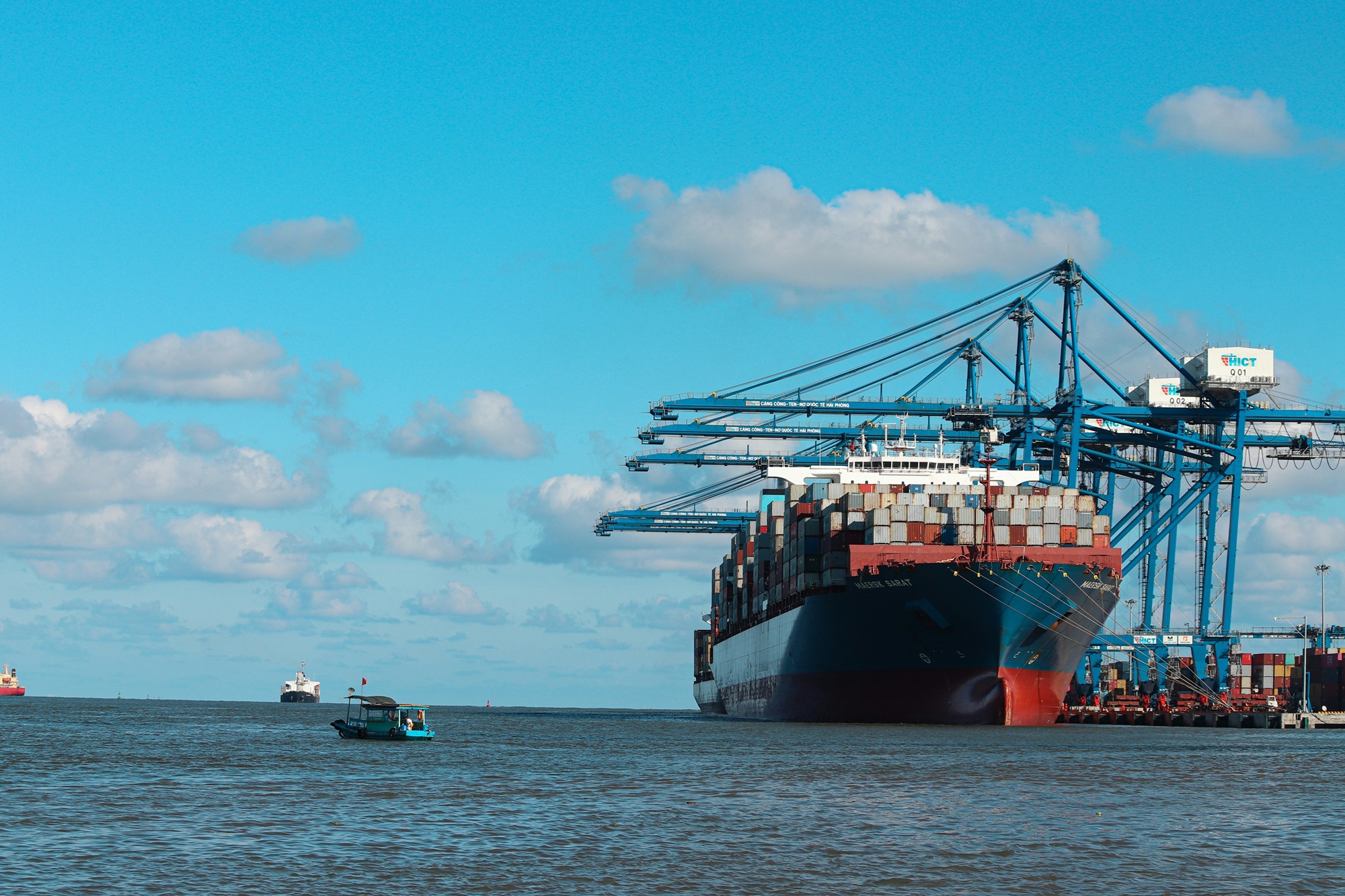In May 2023, data obtained by Pinsent Masons revealed that 127 UK companies have voluntarily disclosed that they have breached financial sanctions against Russia since its invasion of Ukraine in February 2022. Due to opaque ownership structures, businesses lacking vigorous due diligence may inadvertently engage with sanctioned individuals in international trade. Here, Thomas Lobert, solutions consultant at Descartes Systems Group, explains how companies can stay ahead in an evolving regulatory environment and avoid trading with those owned by a sanctioned entity, to remain compliant.
Firstly, sanctioned lists are compilations of individuals, entities or countries that are subject to sanctions imposed by governments, international organisations or coalitions. These can vary depending on several factors, including geopolitical events, as we’ve seen many trade compliance changes in relation to war in Ukraine. From this, we are currently seeing a change in sanctioned lists on a frequent basis, even as regularly as every day. These rapid changes, which can be additions and updates to trade compliance, make it difficult to track and verify the ownership structure of such sanctioned entities.
As a result, compliance teams face challenges in keeping up with daily changes to sanctioned lists. Be it through limited resources, or reduced capacity, it is becoming more difficult for these teams to verify ownership structures, increasing the risk of overlooking crucial amendments and potentially violating trade compliance regulations.
Transparency
To remain compliant, as well as staying ahead in this ever-evolving regulatory environment, transparency is required. This involves providing businesses with access to accurate and up-to-date corporate data, including information about ownership structures and financial transactions.
Having access to reliable data is crucial for compliance teams to make informed decisions and to ensure that the organisation is not inadvertently engaging in activities that could lead to sanctions. For instance, understanding the control structures within an organisation allows companies to go merely beyond the name of the owner. Instead, beneficial ownership, corporate hierarchies and relationships among entities can all be identified for further scrutiny.
Understanding these structures is essential for mitigating the risk of potential sanctions. On the flip side, a lack of transparency can create an environment where hidden ownership or control structures may go unnoticed, leading to compliance failures. In fact, this serves as one of the major red flags for compliance teams. What information is being hidden? Why is it being hidden? If information is not readily available, or if there are deliberate efforts to obscure ownership and control structures, it raises concerns about potential non-compliance.
Always remember — businesses that are transparent and proactive in providing necessary data demonstrate a commitment to compliance. Otherwise, opacity may be viewed as an attempt to hide non-compliant activities.

Indirect ownership
In terms of ownership, there are two types — direct and indirect. As for the former, direct ownership occurs when an individual or entity has a clear and immediate legal right to control and benefit from an asset or an entity. Here, there are no intermediary entities or layers, as the owner has a visible and immediate connection to the owned asset or entity.
Indirect ownership, on the other hand, involves added complexity. This comes as an individual or entity holds an interest or control over another entity through intermediary ownership structures. This is because there are one or more layers of ownership entities between the ultimate owner and the controlled entity, hence the more complex structure which may involve various legal entities.
In terms of compliance, this is of particular concern due to the need of understanding such web of ownership structure. Unlike direct ownership, where it’s a sole owner, indirect ownership requires transparency across affiliates and potentially additional entities. Failure to identify this ownership structure increases the risk of engaging with sanctioned individuals and entities, leading to non-compliance and probable penalties.
Risk-based approach
To prioritise compliance efforts, a risk-based approach is essential. By prioritising efforts based on an assessment of potential risks associated with various aspects of business operations, this approach helps compliance teams to allocate resources efficiently. In the first instance, focus must be on the high-risk areas. A thorough evaluation of potential risks associated with different elements of business operations, such as business relationships, financial transactions and engagement with specific jurisdictions, should be conducted.
Returning to our aforementioned example, in the context of geopolitical events, consider the risks associated with business dealings in countries like Russia and Ukraine, given the dynamic nature of their political and economic landscapes.
A way in which companies can implement such risk-based approach is by using software for continuous monitoring screening. Using a robust monitoring system, like our Denied Party Screening option, ensures regular screening on organisations, updates the constantly changing rules and provides information on an entities’ ownership structure in real time.
This comes as regulatory bodies, such as the European External Action Service (EEAS), that contributes to EU trade compliance by coordinating sanctions and policies, and Office of Foreign Assets Control (OFAC), which administers economic sanctions in the United States, do not provide all the insights needed. Regarding the latter, OFAC only publishes the names of sanctioned companies and does not state those that are owned by a sanctioned entity. In fact, its 50 Percent Rule states that if a blocked person owns 50 per cent or more of an entity, it is considered automatically blocked and may be added to OFAC’s Specially Designated Nationals and Blocked Persons list (SDN).
By not merely publishing the name of entities that are under the ownership of a sanctioned party, it is crucial that compliance teams rely on software to gain the information necessary to stay ahead in an evolving regulatory environment, to remain compliant.
similar news



